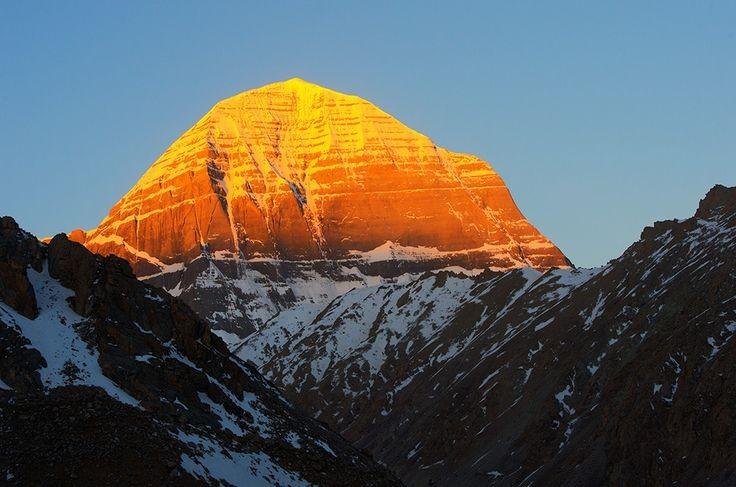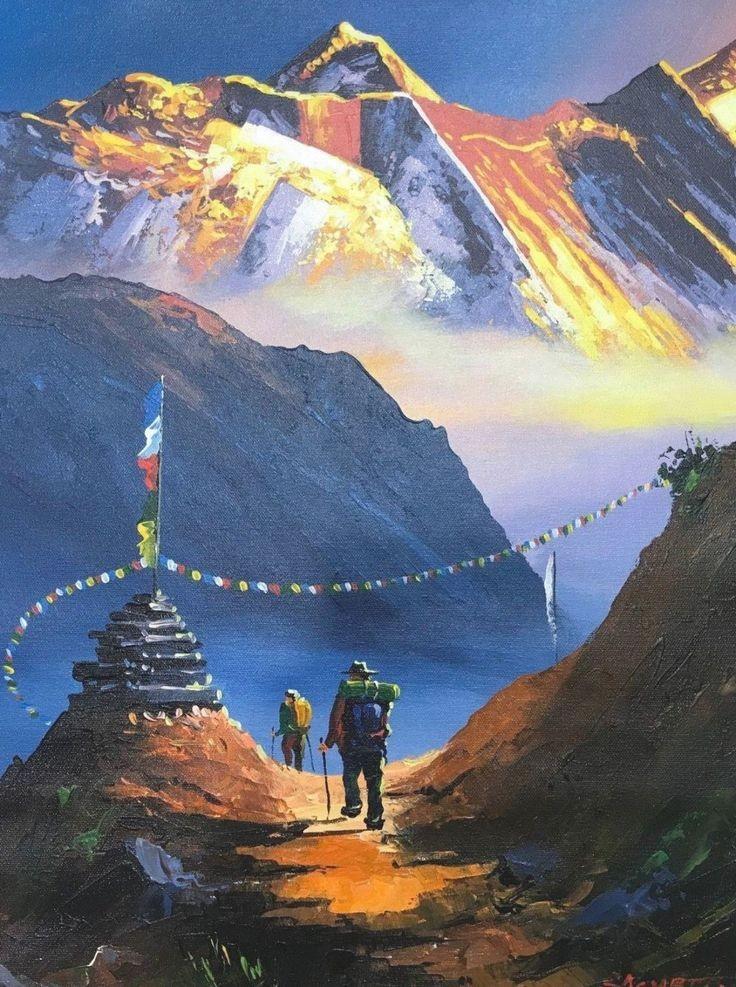Tagged: circumambulation, kailash parvat, lord shiva, Mount Kailash, parikarma
- This topic has 0 replies, 1 voice, and was last updated by .
-
AuthorPosts
-
March 26, 2024 at 10:13 pm #1968Up::15

Mount Kailash, standing tall amidst the rugged landscapes of the Tibetan plateau, holds a profound significance in Hinduism, particularly in relation to Lord Shiva. Soaring to a height of 6,638 metres, its austere beauty captivates the imagination and awe of pilgrims from Buddhism, Jainism, Bon, and Hinduism. For Hindus, Mount Kailash is like God’s home, especially for Lord Shiva, one of their main gods. Lord Shiva is the god of change and transformation. He’s often shown meditating, deep in thought, with a river flowing from his hair. Hindus believe that Mount Kailash is where Lord Shiva lives with his family. The association between Lord Shiva and Mount Kailash is deeply rooted in Sanatan dharma, spirituality, and the collective consciousness of millions of devotees.
In Hindu texts, Mount Kailash is regarded as the centre of the universe, the axis mundi around which the cosmos revolves. It is believed that the mountain serves as a bridge between the earthly realm and the celestial abode of the gods, making it a sacred pilgrimage site for countless worshippers seeking for Lord Shiva’s blessings.
One of the most sacred practices associated with Mount Kailash is the inner circumambulation, known as Parikrama in Hinduism and Buddhism. This circumambulation involves walking around the base of the mountain, covering a distance of approximately 52 kilometers. While the outer circumambulation is more common and encompasses a wider area, the inner circumambulation holds a deeper significance, both physically and spiritually. The journey around Kailash is believed to symbolize the cycle of life, death, and rebirth, and completing it is believed to wash away sins accumulated over countless lifetimes.

For devotees of Lord Shiva, undertaking the inner Parikrama of Mount Kailash is a deeply transformative experience. It is a journey of devotion, self-discovery, and surrender to the divine will. Pilgrims embark on this arduous trek with the intention of seeking the blessings of Lord Shiva, immersing themselves in his divine presence, and attaining spiritual enlightenment.
But the Parikrama is not that easy as it seems to be. The path is steep, and the air is thin. Sometimes, the weather changes suddenly, making it even harder. But people keep going, fueled by their faith and determination.
As you walk, you think about your life and your connection to God. You pray, you meditate, and you try to let go of your worries and fears. Each step taken around Kailash is a step closer to self-realization, a shedding of ego and attachment, and a surrender to the divine will of Lord Shiva. Along the way, you’ll come across sacred sites, monasteries, and natural wonders, each one adding to the spiritual vibe of the journey.
Finally, after many hours or even days, you complete the inner Parikrama. You reach the starting point, tired but happy. You feel a sense of peace and contentment, knowing that you’ve done something special. The journey may be over, but its impact lingers long after the last step is taken. Pilgrims return home with a renewed sense of purpose, a deeper understanding of themselves and the universe, and a profound connection to Lord Shiva.

The spiritual significance of Mount Kailash extends beyond Hinduism to other major religions like Buddhism, Jainism, and Bon. Buddhists revere Kailash as the sacred dwelling place of Chakrasamvara, a deity associated with tantric Buddhism, while Jains believe it to be the site where their first Tirthankara, Rishabhadeva, attained liberation. Similarly, followers of Bon, an ancient Tibetan religion, consider Kailash to be the seat of their supreme deity, Shenrab Miwo.
For those who have experienced the inner Parikrama of Mount Kailash, it is not just a pilgrimage; it is a transformative journey of the soul. The circumambulation of Mount Kailash is a sacred practice that represents the journey of life, offering devotees an opportunity to seek blessings, purification, and spiritual enlightenment.
Attachments:
You must be logged in to view attached files. -
AuthorPosts
- You must be logged in to reply to this topic.